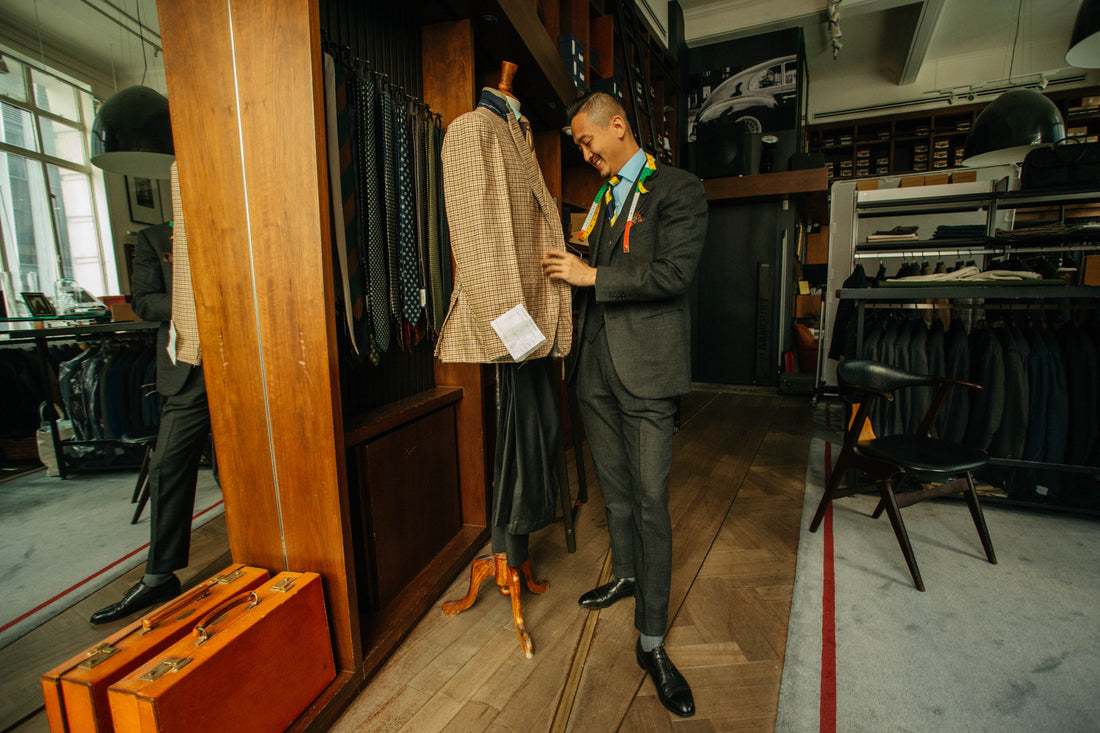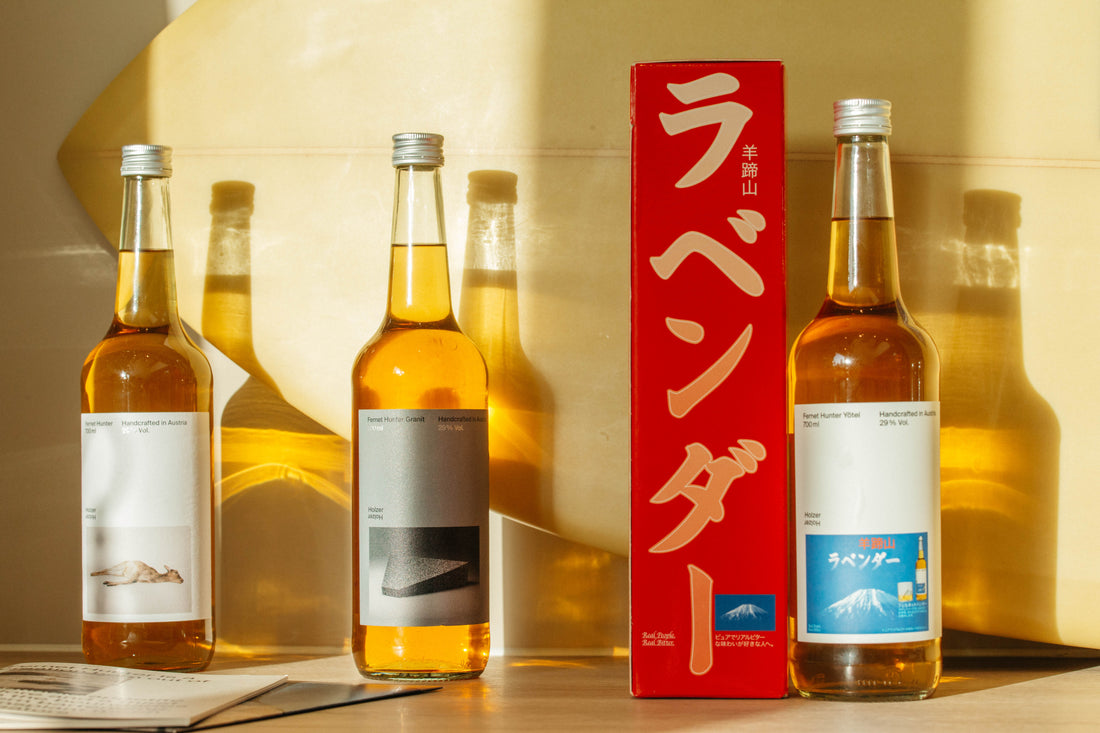We sit with Alan See, the co-founder of menswear brand and boutique, The Armoury to talk about good suits, good tailoring, and the adventures he’s had along the way that make great tales.
-
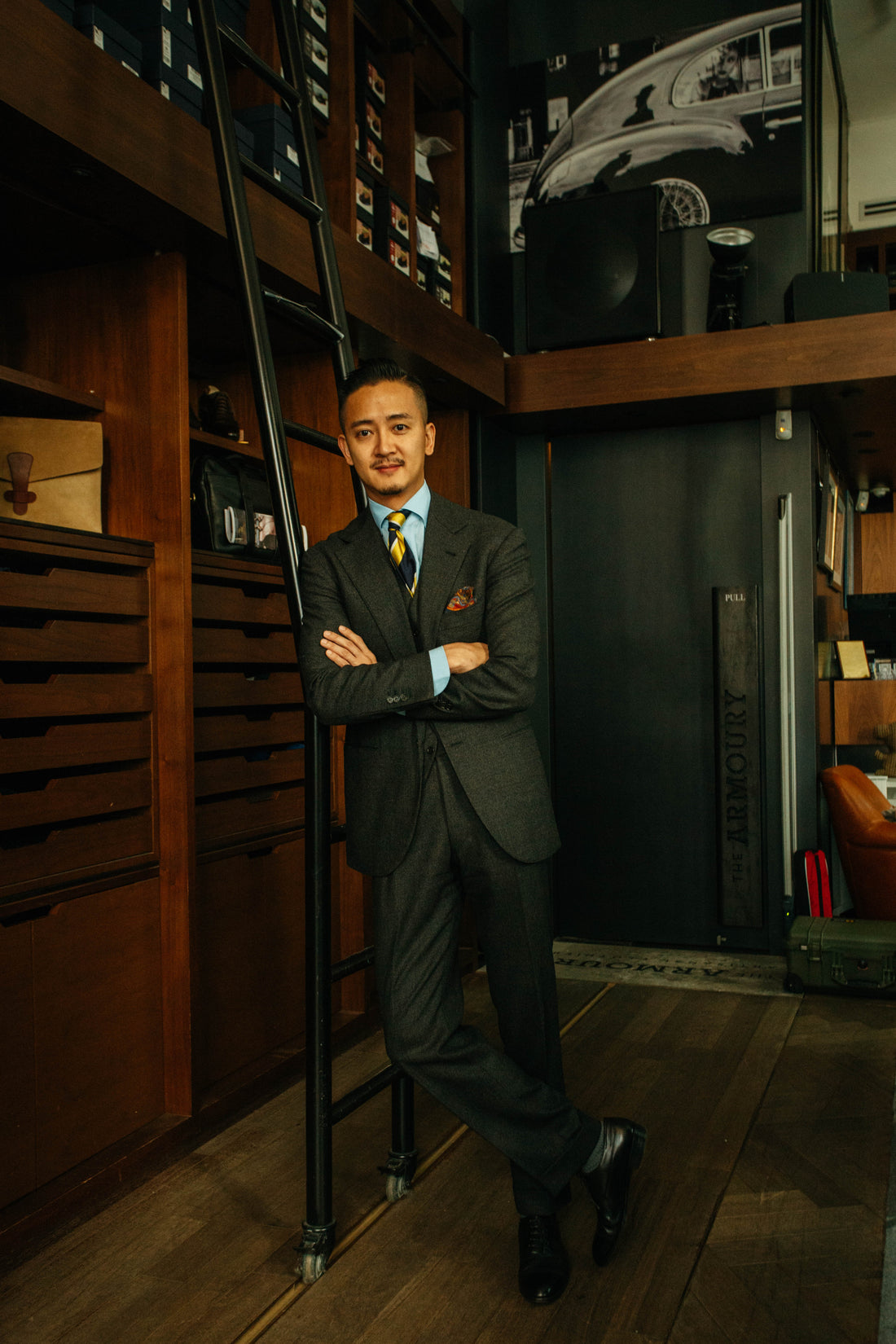
-
The air inside The Armoury’s Pedder Building shop is a little warm, a little stale. The shop is temporarily closed and the overhead lights are off, but the space is illuminated with natural light through soaring double height neo-classical windows. The shop is reopening in March, having been dormant for much of the pandemic. But change is afoot: The Armoury is on the cusp of transformation, with a massive flagship store in the works. Alan, co-founder of The Armoury, leans against an old leather armchair by the window and offers a disarmingly easy smile. There’s a glimmer in his eyes that, like the bespoke fashion he sells, suggest that there are stories upon stories beneath the surface.
Jason Cheung, Editor: Hello, Alan. Thank you so much for doing this on New Year's Eve, of all days.
Alan See: It’s my pleasure.
JC: Let’s start right here. The Armoury has been such a driving force for classical menswear and styling—not just here in Hong Kong, but around the world. How did this all come about and what was it like in the early days?
AS: I need to thank my very first tailor for that. The Armoury, really, was a product of having access to a lot of highly-skilled craftsmen. It happened organically at first—I went to a tailor because I wanted a suit for my first job, right? And then from there I thought, maybe I should do some research into what makes a good suit. Back then [in the early 2000s] there weren’t as many resources, particularly in Hong Kong—there wasn’t much you could find online aside from some basic forums and a scattering of reviews from people posting, you know, photos of themselves in their suits.
Being a chatty guy, I spoke to tailors and spent way too much time at their workshops—always wanting to learn a little more about their craft, about specific details. And they were very happy share. You have to remember they’re bored too—always working with the same old customers requesting the same old styles.
And then the inevitable thing happened: you fall into the rabbit hole of thinking you can do it better, push the boundaries further, and that was how The Armoury was conceived.
-
JC: Just like that.
AS: Absolutely. It’s a sunset business, right? You speak to these old tailors and they’re like: “Oh, you’re interested? I haven’t heard that in a while.” So we got to see the workings behind it. And let me tell you, it’s a fascinating world. We sort of chanced across something that has so many layers to it, so much substance, so much story.
JC: Care to share some of these stories with our readers? I promise we won’t censor anything and you’re allowed to swear. Encouraged, really.
AS: Oh, the adventures. This whole menswear journey has been a series of adventures. You step into the world of the Hong Kong tailors, and it’s a surprisingly small, very siloed world of professional craftsmen. I think a lot of Hong Kong craftsmen are more inward looking, very poised. They sort of only focus on their craft. And to a certain extent, that’s the key to why they are so good at what they do.
Now on the other hand, there was this one time we were in Naples. We were visiting one of our tailors when my friend (editor: sure, Alan, sure) wanted to procure some…marijuana. Our tailor was very kind and said: “Oh sure, let’s go get some.” We pile into his car, a massive black SUV, and took off through the narrow and winding streets of the Spanish Steps.
Of course, I find out later that regular people don’t drive around Naples in black SUVs because if you do, you’re either part of the Mafia, or…you know, well I think you’re just part of the Mafia.
-

-
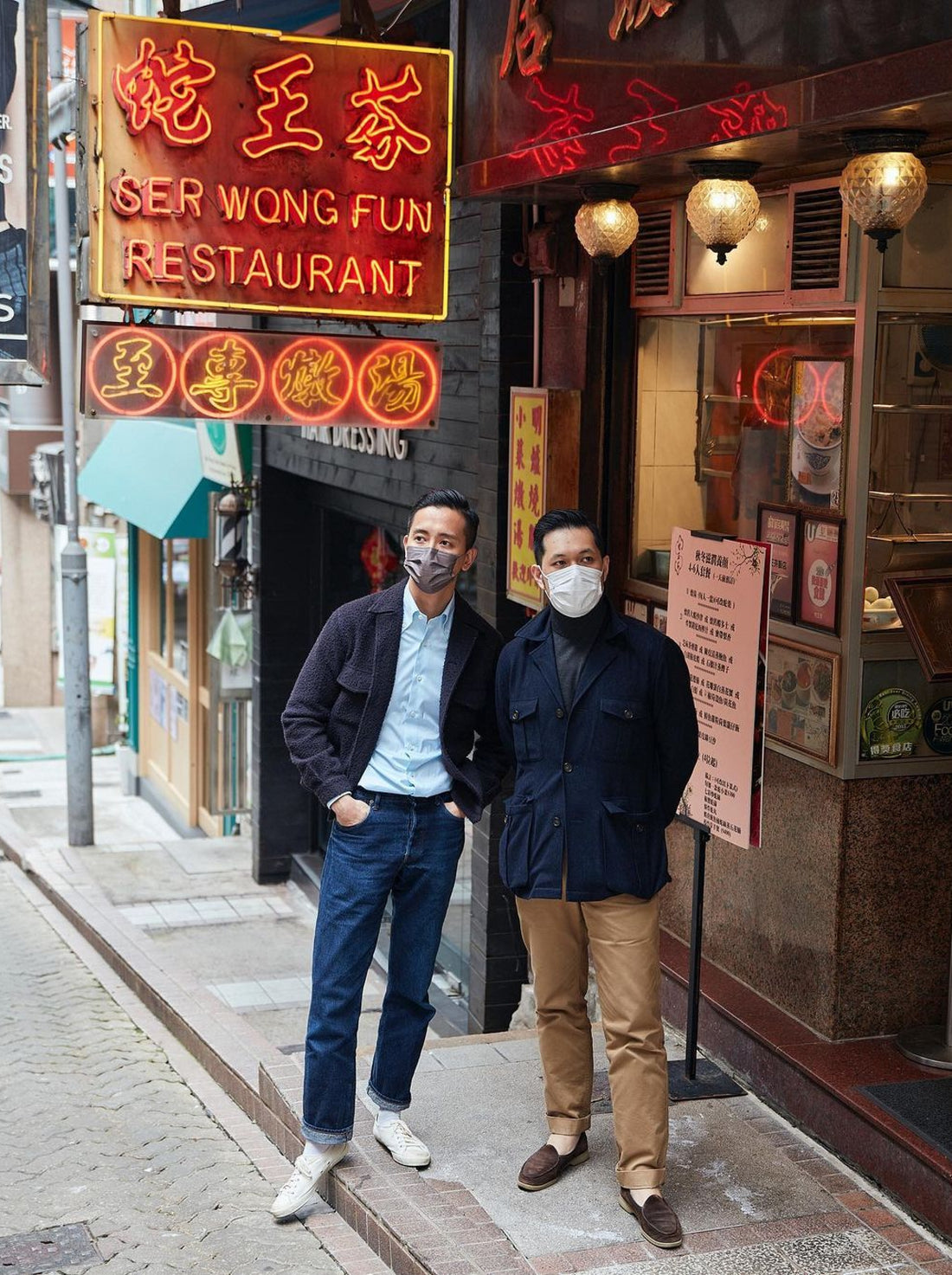
Photograph from @thearmouryhk
-

Photograph from @thearmouryhk
-
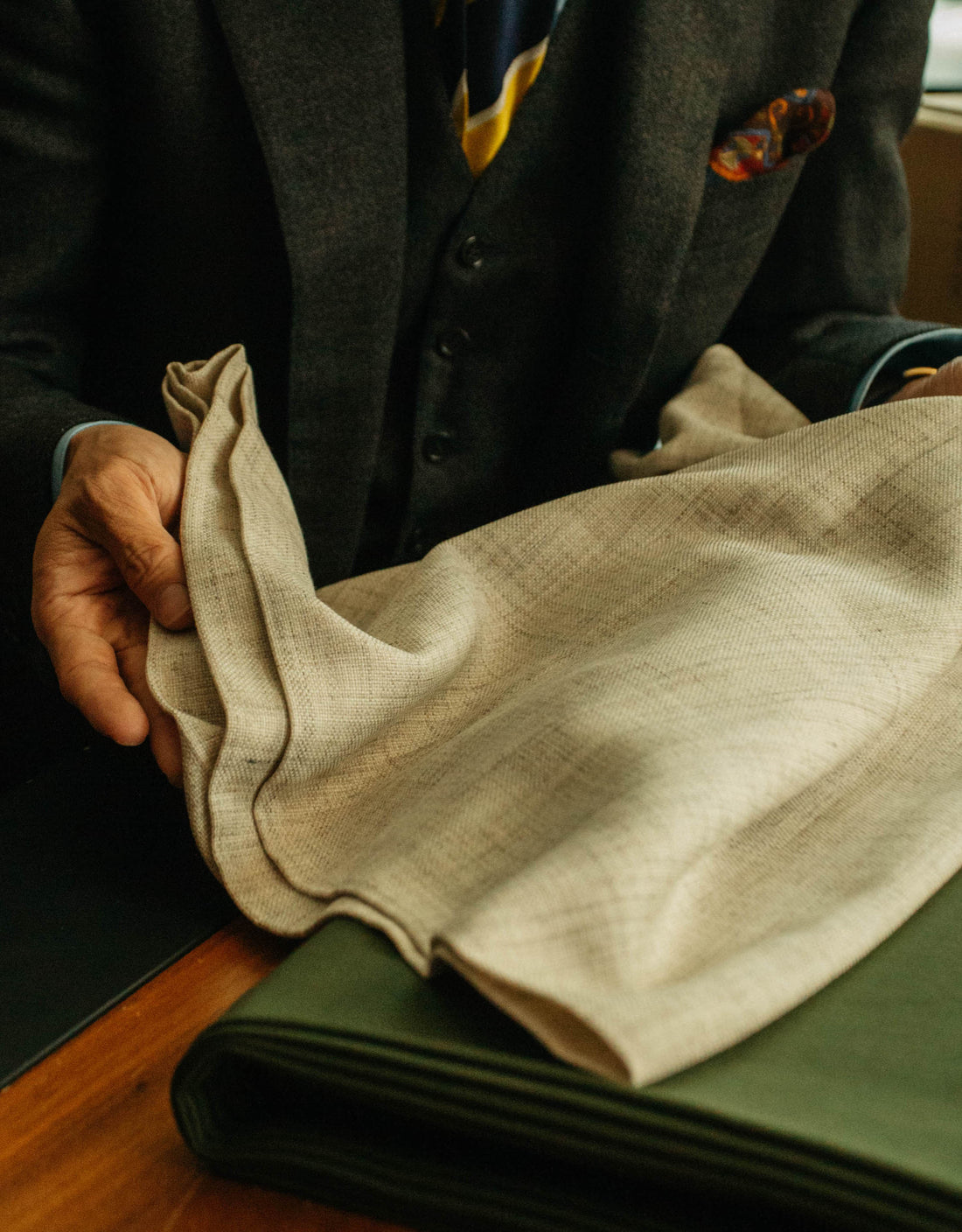
-
JC: What a badass underworld nickname that would be though: The Tailor.
AS: Well, he grew up in a very shady part of town. It’s quite amazing that he turned out to be a tailor rather than, you know, something else.
JC: That you know of anyway.
AS: That’s right. So anyway, back to the Spanish Steps—we’re in the SUV trying to navigate these impossible turns. Guys moving their Vespas out of the way. Five-point-turns. And, you know, our tailor’s fine, but we’re anxious because you hear all the stories: about making sure you’re not wearing an expensive watch; about being hyper vigilant; there’s also a story about never riding a Vespa into the Spanish Steps with a helmet on, because the people who do are—that’s right—the ones who come in, shoot somebody, and ride off.
-
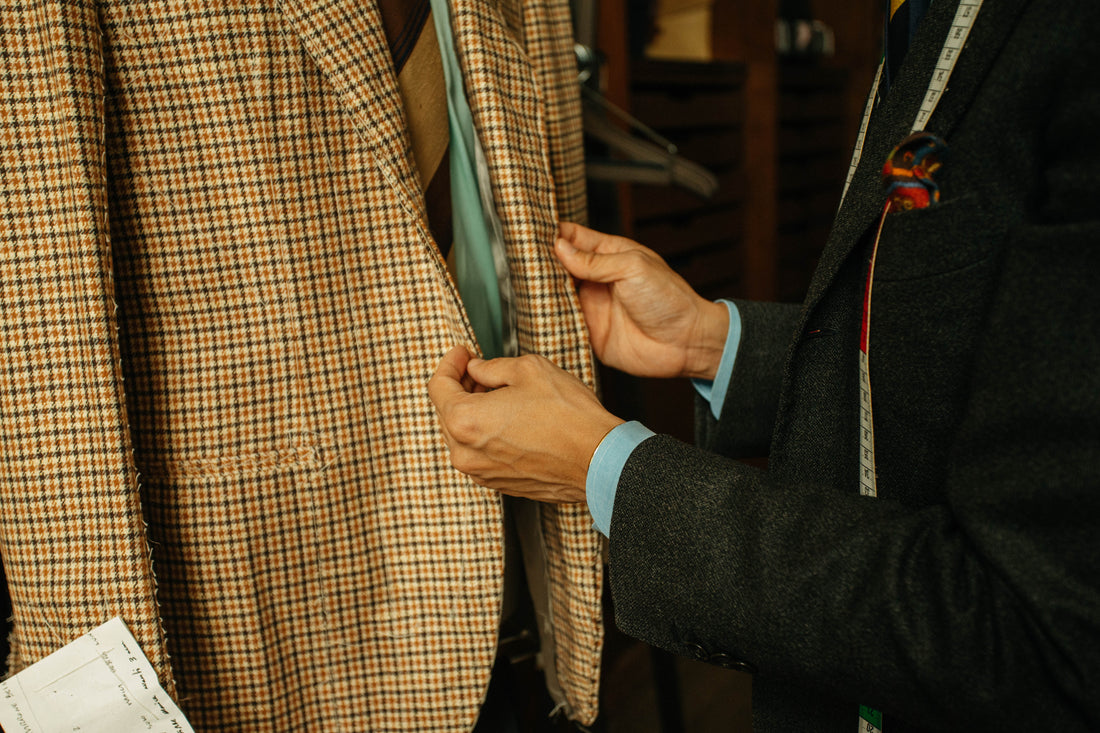
And of course, what happens? We’re trundling down some alleyway when around a corner comes this Vespa that just screeches to a stop in front of us. I mean it narrowly misses our front bumper by a hair. And it’s this guy. In a helmet. And his fucking gun falls out.
JC: —like he’s on his way to something?
AS: Who knows. And to our tailor it’s just another day. He honks at him and goes: “Get the fuck out of the way!” And the Vespa just zooms off.
JC: This interview took a turn, man.
AS: I told you there’s some crazy shit.
JC: Let’s end by touching on craft again. In terms of classic menswear, there are a lot of things that might be seen as unspoken rules or best practices or guidelines. For someone who’s not particularly familiar with them, what’s a good place to start?
AS: There’s G. Bruce Boyer, one of the greatest authorities on men’s style and who’s now a regular customer at The Armoury in New York. He’s written many books that are fantastic places to find inspiration. And then of course there’s the classic Dressing the Man by Alan Flusser.
I think the best way to start looking and getting a suit is to find a tailor or shop that you trust in terms of style. If your tailor already is dressing in a way that you like and appreciate—chances are he can probably do that for you too!
-
The Armoury at Pedder Building will reopen in March 2023. For more information, visit http://www.thearmoury.com
More from the journal
View All-
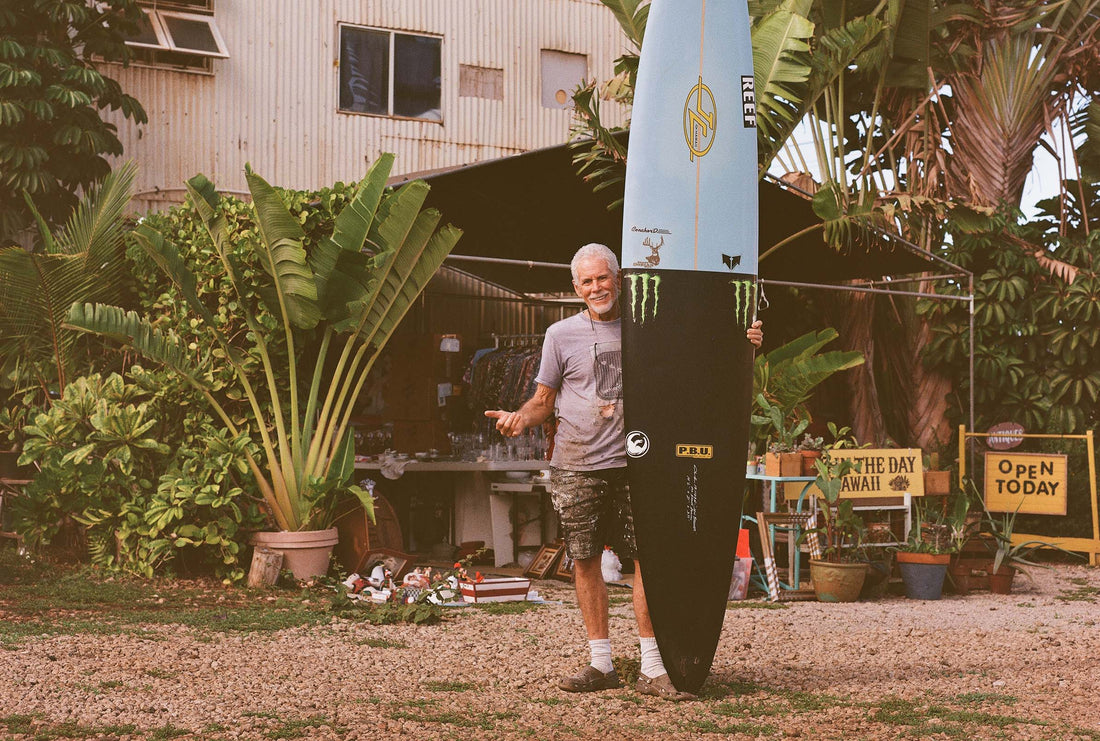
Conversations
Shaping Surboards with Craftsman John Carper
One of the world's best shapers, JC has designed and crafted thousands of surfboards, and spent countless hours hand-shaping each piece to perfection.
-
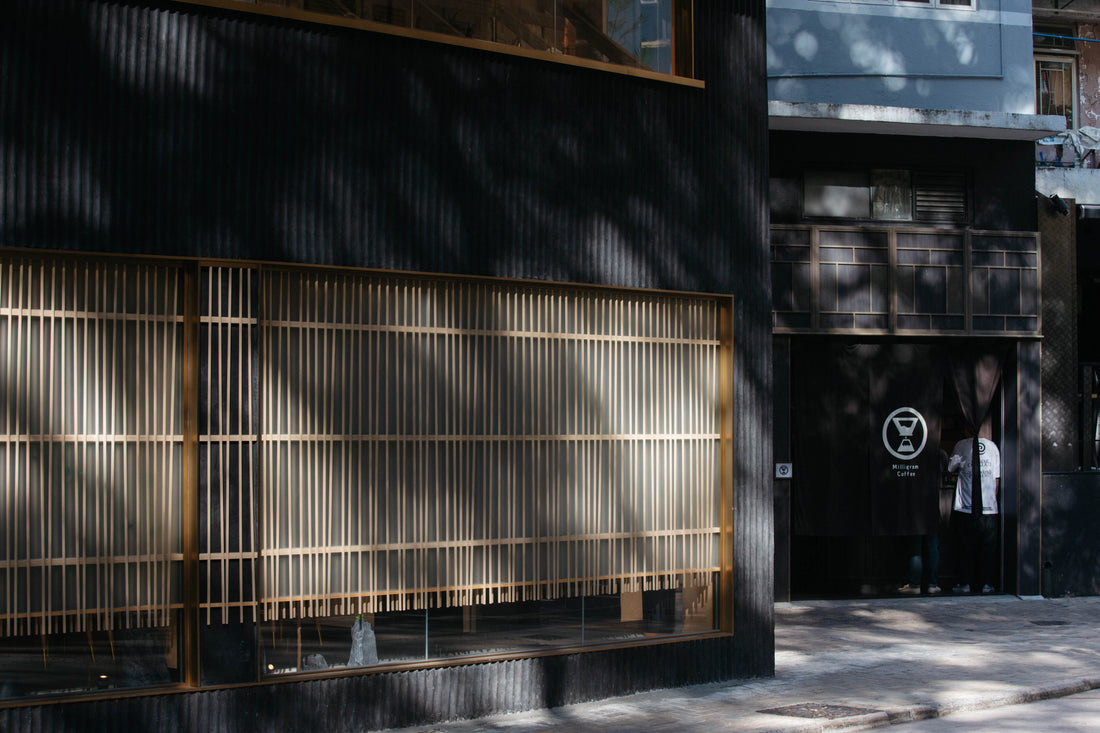
Field Notes
Gage Street Neighbourhood Guide
Between Hong Kong’s Central and SoHo district is Gage Street, a hillside enclave that bridges new and old artisans, designers, and restaurateurs.





